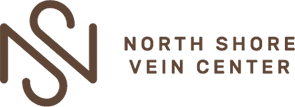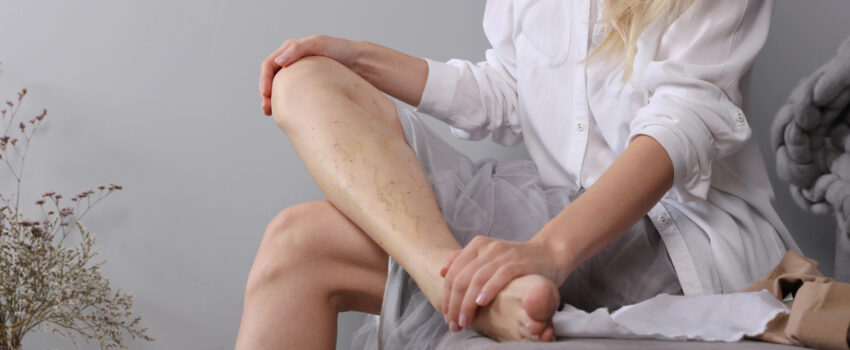Spider veins and varicose veins are visible blood vessels that develop just under the skin—usually on the legs. Many people use these terms interchangeably to describe vein problems. However, they represent two completely different conditions.
Here’s a look at the difference between spider veins and varicose veins, along with how they can be successfully treated.
What Are Spider Veins?
Spider veins are small, twisted veins that resemble tree branches or spider webs, hence their name. These veins are visible under the skin but do not bulge. Spider veins may be unsightly, but they do not usually cause symptoms. According to the U.S. Department of Health and Human Services, more than 50% of all women in the United States develop spider veins.
What Are Varicose Veins?
Varicose veins are large, twisted veins that bulge out of the skin. They may be red, blue, or skin-colored. These veins usually develop on the thighs, calves, and near the ankles and feet, and they affect twice as many women as men.
Symptoms of varicose veins can be painful and interfere with a person’s quality of life. Fortunately, treatments can make varicose veins less visible and make symptoms go away.
Symptoms: Spider Veins vs Varicose Veins
Spider veins are usually only an aesthetic issue, and they do not cause symptoms in the majority of people with this condition.
When they do occur, spider vein symptoms may include:
- Itching
- Burning
- Pain
- Cramping
- Leg fatigue
Varicose veins are often significantly more problematic than spider veins. Symptoms of varicose veins tend to get worse when standing or sitting for long periods of time and when hormones fluctuate, such as during menstrual periods, pregnancy, and menopause.
Varicose vein symptoms may include:
- Itching
- Swelling
- Throbbing
- Cramping
- Heaviness in the legs
- Leg fatigue
Treatments For Spider Veins and Varicose Veins
A variety of treatments are available for spider veins and varicose veins. The goal of treatment for these vein issues is to reduce symptoms and improve the appearance of the skin where the veins are located.
Spider Veins Treatment
Spider veins treatment may involve sclerotherapy, laser therapy, or the VeinGogh™ ohmic thermolysis system. During sclerotherapy, an FDA-approved solution is injected into the spider veins to seal them shut and redirect blood flow through other veins. Laser therapy uses thermal energy to heat the spider veins, which causes them to collapse and seal shut. The VeinGogh™ ohmic thermolysis system uses a thin, tiny probe to produce hot, electric currents that can instantly destroy spider veins.
Varicose Veins Treatment
Varicose veins treatment may also involve sclerotherapy, along with endovenous closure or ambulatory phlebectomy. During endovenous closure, a heated laser fiber is inserted into the varicose veins to seal them shut. Ambulatory phlebectomy is a surgical procedure in which a doctor makes a series of tiny incisions near the site of the vein, through which the problematic vein is removed in its entirety.
The treatment used for spider veins and varicose veins will depend mainly on the location and severity of the veins and on the patient’s personal preference. A doctor who specializes in vein issues can perform an examination and recommend the best treatment or procedure.
North Shore Vein Center provides treatment for several types of vein issues, including varicose veins, spider veins, hand veins, and facial veins. Contact us today at (516) 869-8346 to request an initial vein consultation and to discuss all your available treatment options.

